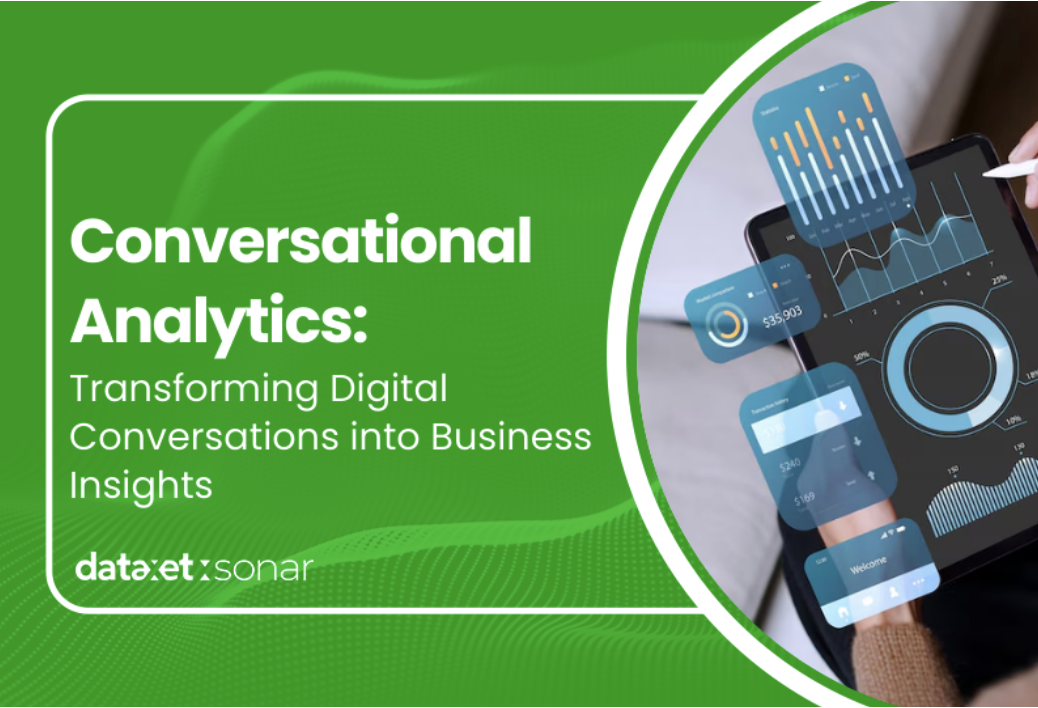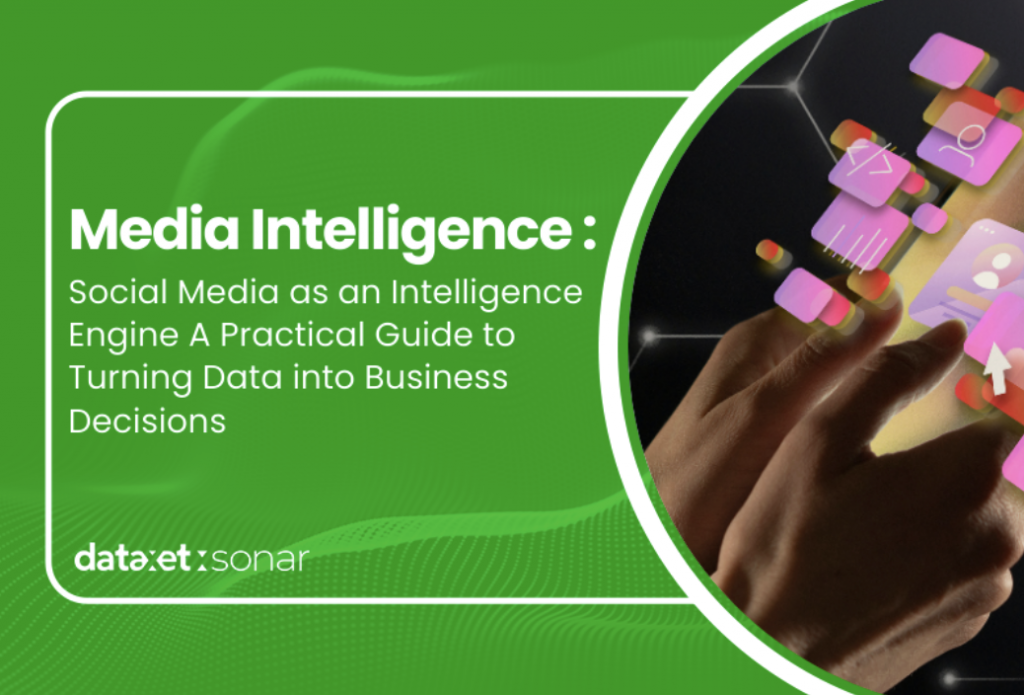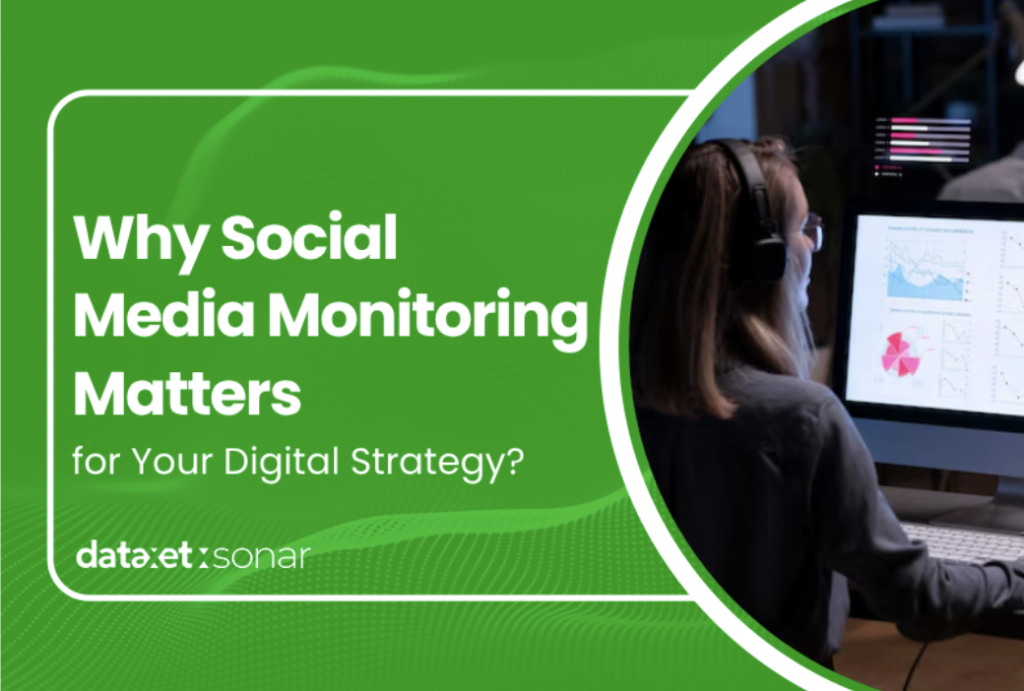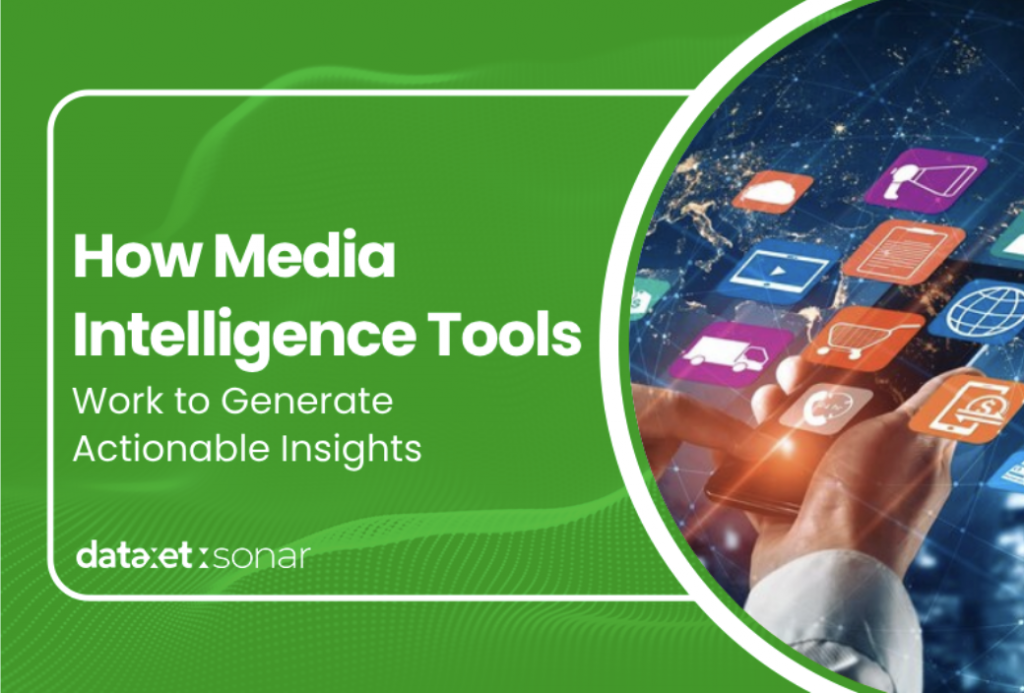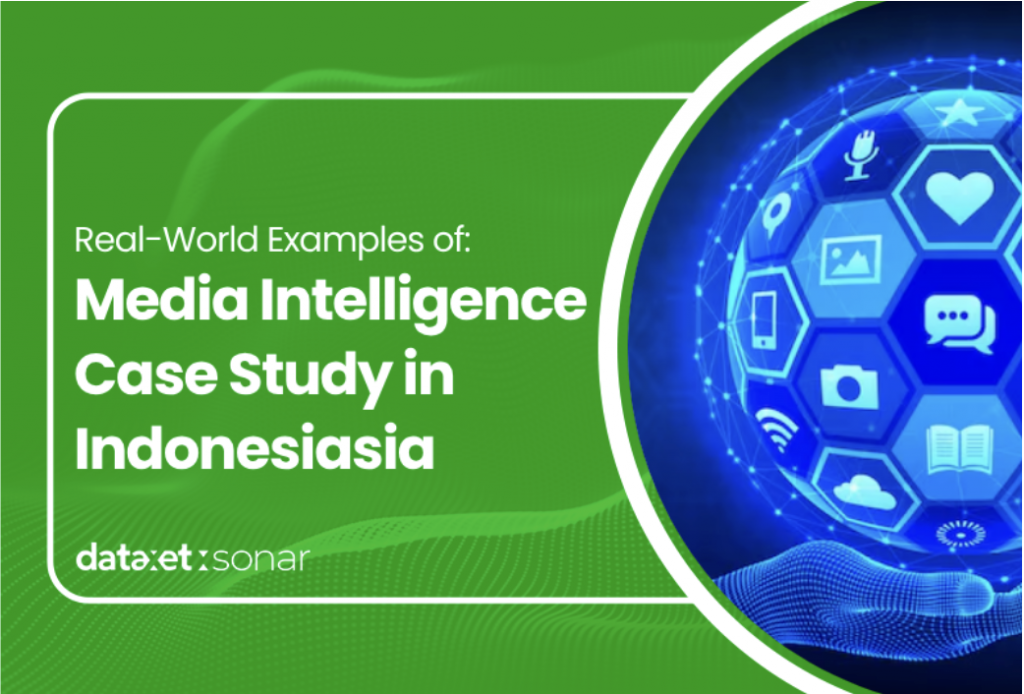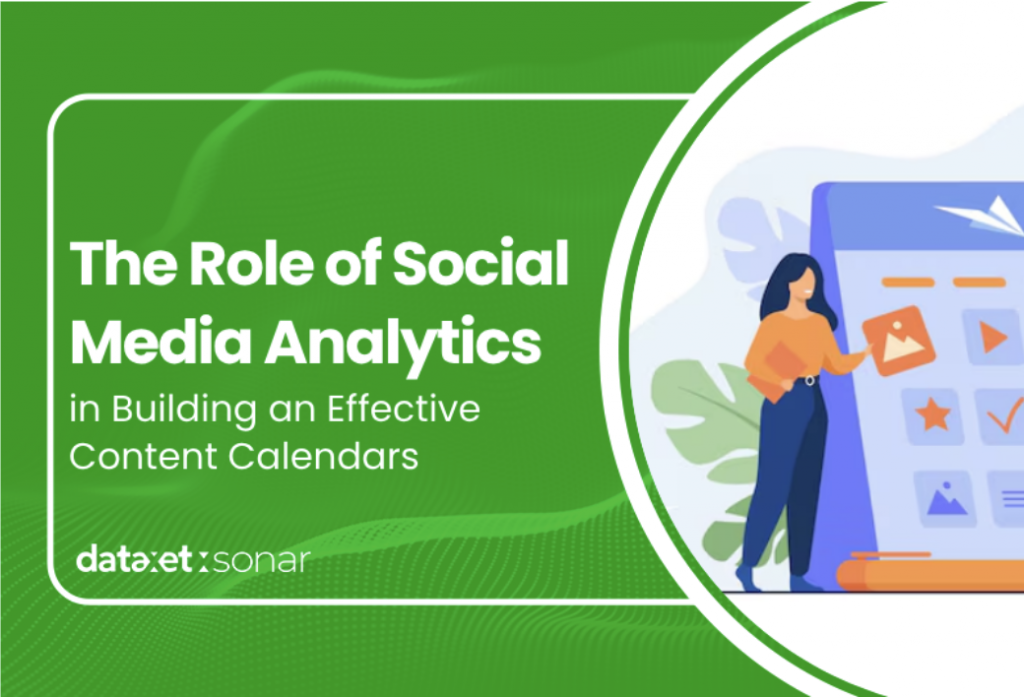Today, conversations on social media are not just a means of communication between consumers and brands. Brands can observe social media discussions initiated by their audience regarding the brand. These conversations are highly valuable for brands, especially in maintaining their reputation and crafting effective business strategies to achieve success. So, what should brands do to achieve business success by leveraging audience conversations in digital media?
Conversational Analytics. Conversational analytics is the process of analyzing digital conversations, such as interactions on social media, email, live chat, and instant messaging, to extract useful insights for businesses. This technology helps businesses understand customer needs and sentiment, track real-time conversation trends, and predict consumer behavior. conversational analytics yakni seputar prosesnya dan manfaatnya terhadap bisnis di Indonesia.
1. What is Conversational Analytics?
Conversational Analytics is the process of analyzing digital conversations, such as interactions on social media, email, live chat, and instant messaging, to extract useful insights for businesses. This technology helps businesses understand customer needs and sentiment, track real-time conversation trends, and predict consumer behavior.
What are the benefits of implementing conversational analytics in your business?
- Understanding Consumer Sentiment Toward the Brand
Businesses can gauge how consumers feel about their brand—whether positive, negative, or neutral. With this knowledge, brands can monitor and maintain their reputation while adjusting communication strategies accordingly.
- Identifying Unmet Needs or Issues
Social media serves as a platform where audiences voice complaints about a brand. This helps businesses identify customer grievances or unmet needs.
- Developing More Relevant and Targeted Strategies
Businesses can recognize and understand market trends as well as customer preferences. This knowledge is useful in crafting marketing strategies that align with market trends and customer preferences.
- Enhancing a More Responsive Customer Experience
By understanding customer queries and complaints, businesses can improve customer service with smarter chatbots or guide support teams to provide faster and more effective responses. This will enhance customer satisfaction and streamline service efficiency.
2. How Does Conversational Analytics Work?
Brands can implement Conversational Analytics with the help of social media monitoring tools which gather information from digital conversations spread across social media and online forums. The collected information is then analyzed to determine what audiences are discussing about a particular brand. Key elements that can be identified through social media monitoring tools include:
- Sentimen Analysis
- Trend Analysis
- Top Words
- Top Sentence
To focus specifically on your brand, tools such as Dataxet: Sonar can assist in analyzing digital conversations. With this tool, you can monitor what customers are saying about your brand on social media, helping you understand their sentiments regarding your products and services.
3. The Benefits of Conversational Analytics for Business
Businesses can understand customer concerns or satisfaction levels based on audience sentiment derived from conversational analytics. This helps businesses quickly determine whether customers are happy or dissatisfied with the products and services provided. As a result, brands can promptly respond to concerns or appreciation to maintain customer trust and loyalty.
Businesses operating in a VUCA (Volatility, Uncertainty, Complexity, and Ambiguity) world must be adaptive to change. Rapid change often coincides with evolving trends and the emergence of new opportunities. As a brand, you can identify current trends and discover new business opportunities. Conversational analytics helps businesses recognize emerging trends and capitalize on new opportunities to stay competitive.
Audience conversations related to a brand can serve as valuable feedback for improving products and services. Brands that respond to customer feedback with appropriate solutions can increase customer satisfaction and build stronger relationships.
4. Local Case Studies: Conversational Analytics in Indonesia
Have you imagined what conversational analytics working? If not, here is an example illustration of a company that has implemented conversational analytics.
- E-commerce
A leading Indonesian e-commerce platform utilized social media monitoring tools to track audience discussions regarding their promotions during Harbolnas (National Online Shopping Day). The results from conventional analytics revealed that many customers complained about the lengthy checkout process. This insight prompted the e-commerce company to streamline and speed up the checkout process, ultimately increasing conversion rates significantly.
- Financial Services Case Study
A financial services company in Indonesia implemented conversational analytics to monitor customer conversations about their services. The gathered data indicated that many customers were requesting a new feature in the mobile banking application. This insight allowed the company to identify customer needs and launch the requested feature, leading to a rapid increase in active users.
5. Utilizing Dataxet: Sonar for Conversational Analytics
Conversational analytics provides significant benefits for businesses across various industries. For companies looking to leverage this strategy, Dataxet: Sonar serves as a powerful social media monitoring tools that helps brands listen to audience conversations in digital media. By utilizing this tool, you can:
- Monitor conversations across various social media platforms to track discussions about your brand or product.
- Analyze customer sentiment to determine whether their perception is positive or negative.
- Identify trends and new opportunities in real time, allowing for quicker and more informed decision-making.
- Improve customer experience by providing faster and more relevant responses, ensuring higher satisfaction levels.
6. How to Get Started with Conversational Analytics
If your brand wants to implement conversational analytics, what steps should you take? Here’s how to begin:
- Define Your Business Goals
Determine what you aim to achieve through conversation analysis, whether it’s improving customer satisfaction or identifying recurring issues. - Select the Right Social Media Monitoring Tool Choose a tool that aligns with your needs and helps monitor conversations on relevant platforms.
- Begin Monitoring Digital Conversations
Track discussions related to your brand or industry to stay informed about what people are saying. - Analyze Collected Data
Extract insights from the gathered information to make well-informed business decisions. - Apply Insights to Enhance Products and Services
Use the findings to refine your offerings, improve customer experience, and align your business with customer needs.
7. Conclusion
Conversational Analytics is a valuable tool for transforming digital conversations into actionable business insights. With the support of social media monitoring tools like Dataxet: Sonar, brands can better understand customer sentiment, identify emerging trends, and enhance customer experiences.
It’s not just about monitoring conversations; it’s about leveraging that information to make smarter business decisions.
As technology advances, Conversational Analytics is becoming essential for businesses to remain relevant and responsive to customer needs.
If you want to keep your business competitive in today’s fast-paced market, now is the perfect time to integrate digital conversation analysis into your strategy.
By following these steps, you can start leveraging Conversational Analytics to turn digital conversations into new insights that will help your business grow and better understand customer needs.

